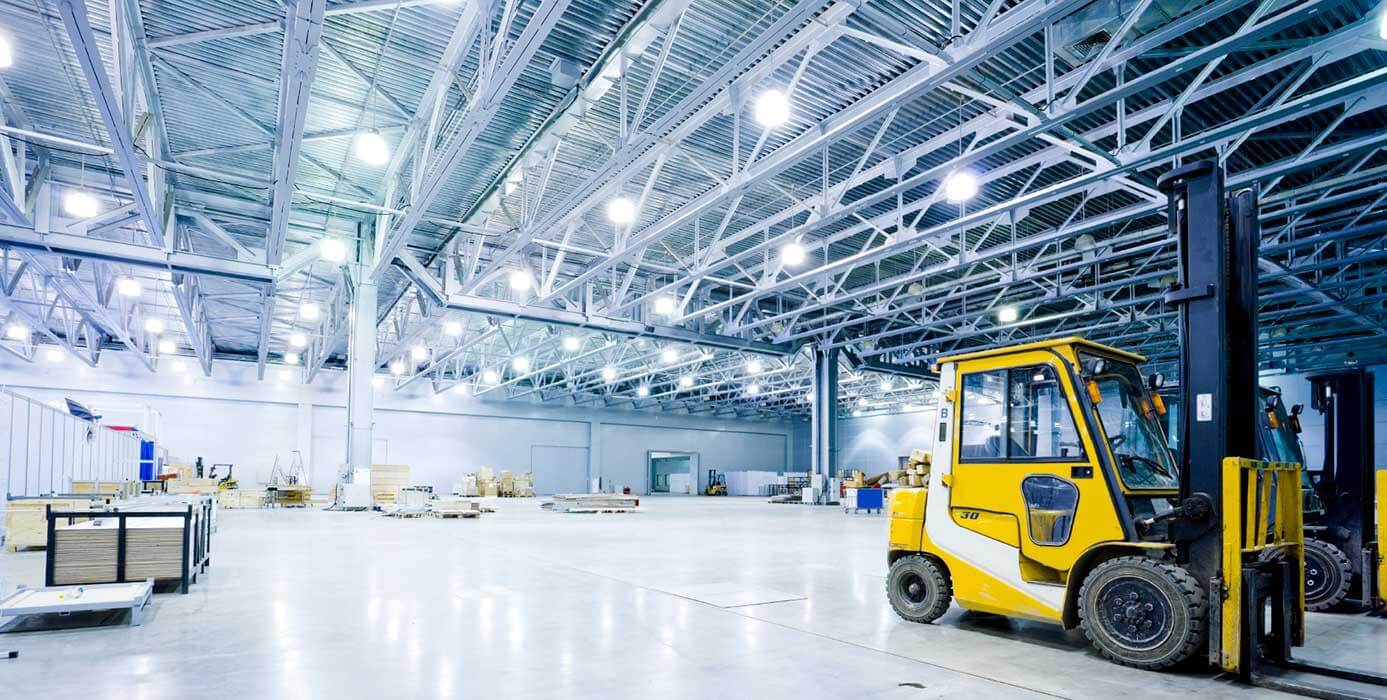TECHNOLOGY
7 Amazing Ways Wearables Are Revolutionising Industrial Workplaces

Wearable tech was once little more than sci-fi, but now it’s all around the world.
You see smartwatches, fitness trackers and similar gadgets every day — and they’re starting to creep into the business world, too. Wearables in the workplace could be as common as they are in consumer segments before long.
Industrial workplaces stand to gain the most from wearable technology. While using these gadgets in these sectors is still fairly new, early results are promising. Here’s a look at seven ways they’re revolutionising industrial workplaces.
1. Streamlining Training
Labour shortages are one of the most pressing issues industrial workplaces face today. According to a 2020 report, British manufacturers are facing the largest deficit of skilled workers since 1989. Wearables in the workplace can help reduce the impact of that shift.
Augmented reality glasses can streamline the training process, helping new hires get up to speed faster. These wearables can project guides, reminders and helpful tips in employees’ fields of view as they work. This information helps them make fewer mistakes and learn on the job, even without a supervisor present.
Tech like this also means industrial workplaces don’t need to make experienced employees oversee recruits as long. They can focus on other areas while wearables ensure new hires know what to do. Productivity can increase as a result, so labour shortages aren’t as impactful.
2. Preventing Collisions
Wearables are also an excellent way to improve safety — another major concern for industrial workplaces. One way they can do this is by preventing collisions with vehicles, objects or other workers through proximity sensors.
Employees can wear vests or wristbands connecting to the workplace’s machines and vehicles. When they get close to a forklift or a dangerous piece of equipment, these wearables detect it and alert them through sound and vibrations. That way, they can get out of the path before colliding and getting hurt.
It can be hard to see incoming forklifts or other equipment in a crowded warehouse, so these warnings are a big help. Preventing these accidents can significantly improve workplace safety.
3. Reducing Repetitive Stress Injuries
Another way wearables in the workplace improve safety is by fighting repetitive stress. These are some of the most common injuries in industrial workplaces and they’re tricky to handle because they build slowly. Wearables can help by providing more information in the moment.
Some wearable sensors today can monitor user movements in real-time, analysing their posture. They then alert workers when they bend over too far, use improper lifting techniques or make other ergonomic mistakes. These employees can then fix their posture, preventing injuries arising from an incorrect approach.
Over time, these repeated automatic alerts will help employees learn what safe posture and movements feel like. They’ll then make fewer errors, reducing the chances of developing a repetitive stress injury.
4. Maximising Human Abilities
Some wearables go beyond the connected clothes and accessories you see daily. Industrial workplaces are starting to experiment with wearable robotics, more commonly called exoskeletons. These high-tech tools can help workers reach new levels of strength and endurance, reducing injuries while maximising productivity.
Exoskeletons reduce the risk of musculoskeletal disorders by offloading much of the physical workload from workers’ bodies. Using these technologies is like having a robot assist you with every lift and bend. As a result, they let employees lift more, squat for longer or do more overhead work without placing too much strain on their muscles and bones.
As this technology improves, workspaces could unlock new abilities within their workforce. Employees could move things that once required forklifts or other machinery.
5. Fighting Disease Outbreaks
One use case for workplace wearables proven particularly helpful recently is preventing outbreaks. Amid the peak of the COVID-19 pandemic, some industrial workplaces gave their employees wearable proximity sensors to help assist with social distancing.
Many warehouses have enough space for employees to keep a safe distance, but limited visibility can still make it difficult. Wearables help by beeping whenever they detect another device within a specific range. These alerts can let workers know when they’re getting too close to someone else, allowing them to move before potential exposure to a virus.
While these technologies mainly grew as a way to stop the spread of COVID-19, they can also work for other diseases. Businesses can use them during flu season or if other contagious diseases break out in the workplace to keep employees safe.
6. Detecting Nearby Hazards
Similarly, some industrial workplaces use wearables to monitor for hazardous conditions. Some dangers are hard to detect with your senses, but wearable devices can alert you to their presence before you notice them and give you time to respond.
Mines are a common place to apply this technology. Wearables monitor the air quality and alert workers of hazardous gas levels when they detect them. The miners can then evacuate the area before these gases pose a threat to their health.
Similar solutions could detect excessive heat on construction sites or uneven or wet surfaces in other industrial workplaces. Regardless of the specific hazard, learning about it beforehand can help reduce its impact — wearables provide that information.
7. Providing Helpful Information
Some advantages of wearables in the workplace are less immediate but still helpful. As workers wear and use these devices, they’ll gather a lot of data about employee actions and workflows. This information can help industrial businesses see where they could improve.
Location data from connected devices may show many workers take long, inefficient routes to get certain parts from the warehouse. With that information, managers could reorganise their storage to make often-needed items more accessible or replan workflows to reduce travel time.
This data is particularly helpful for companies wanting to use artificial intelligence (AI). In one survey, 45% of company decision-makers said a lack of well-curated data was a top challenge to their AI goals. Wearables provide the data they need to create effective, informative AI models.
Wearables in the Workplace Offer Many Benefits
Wearables may be more common outside of work than in it today, but that’s changing. These seven examples show how these technologies are revolutionising industrial workplaces. As more organisations recognise these benefits, more will adopt wearable tech.
Wearables in the workplace have many concrete advantages and many industries have likely only scratched the surface of what they can do. Before long, these gadgets may completely transform industrial sectors.
Source link

















You must be logged in to post a comment Login